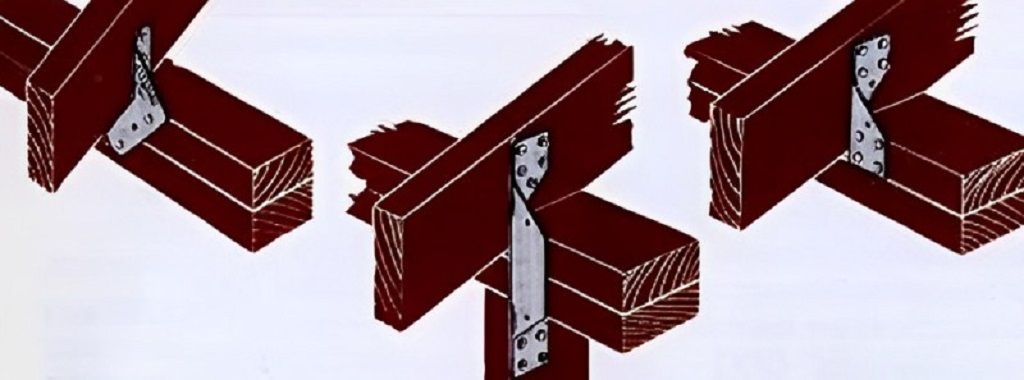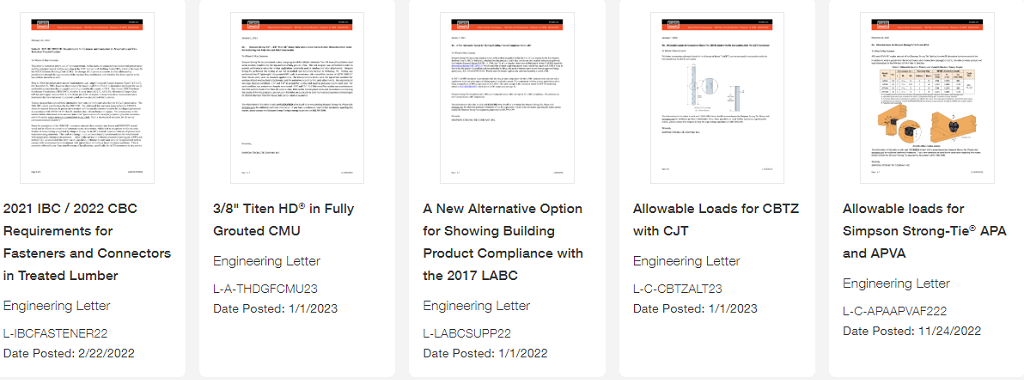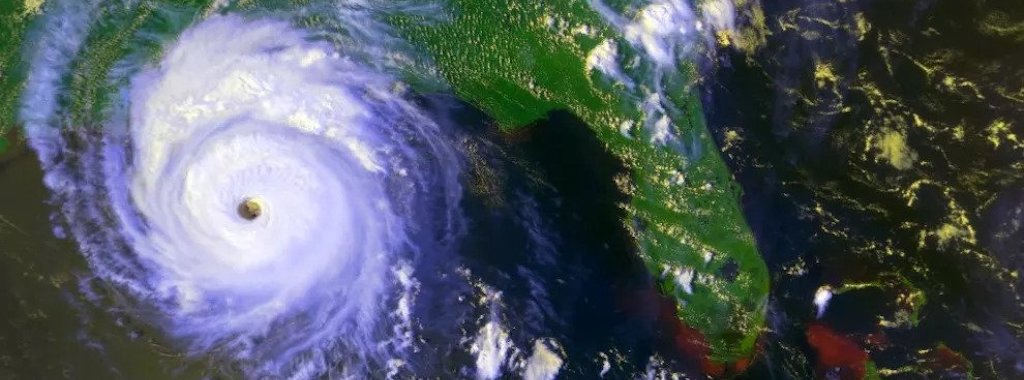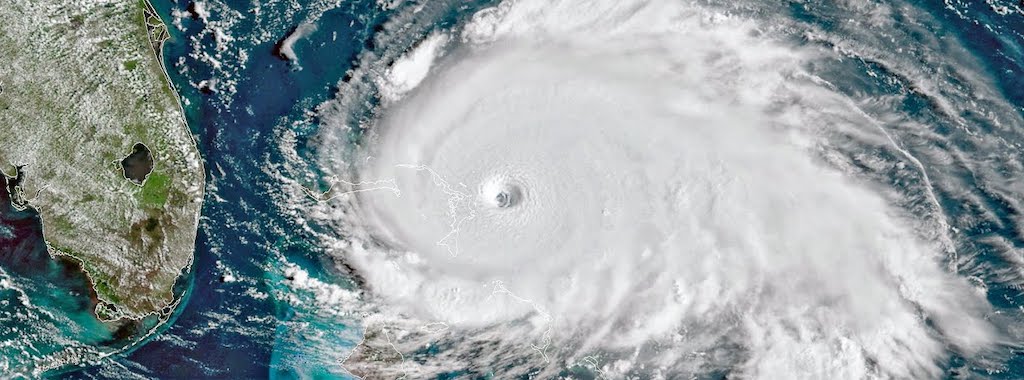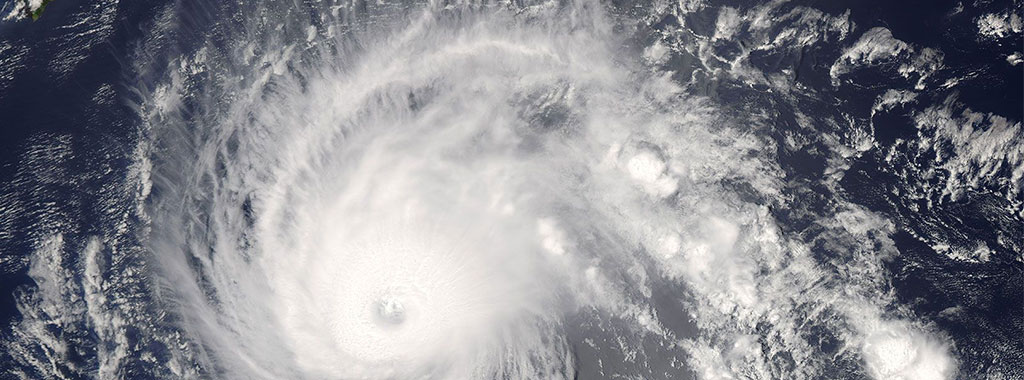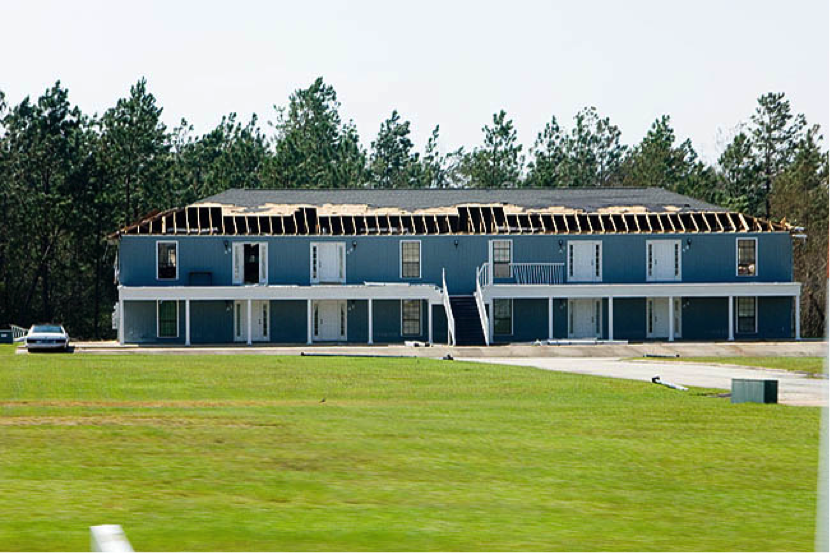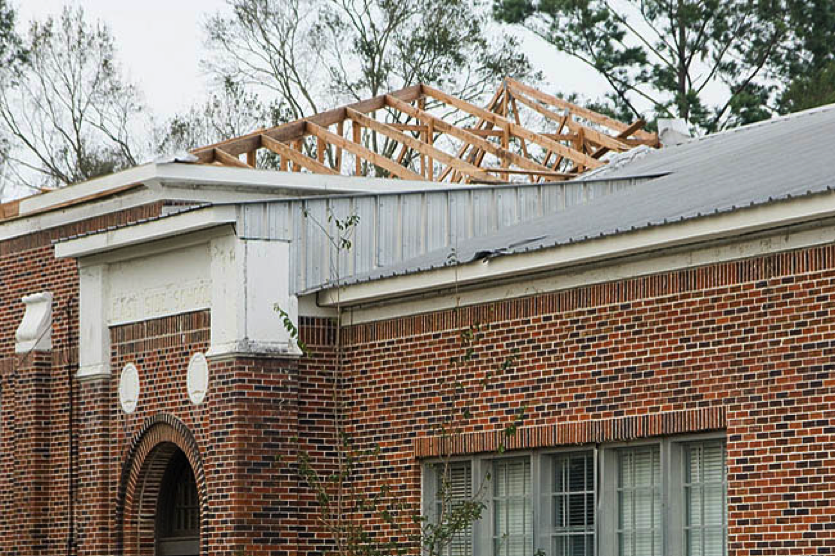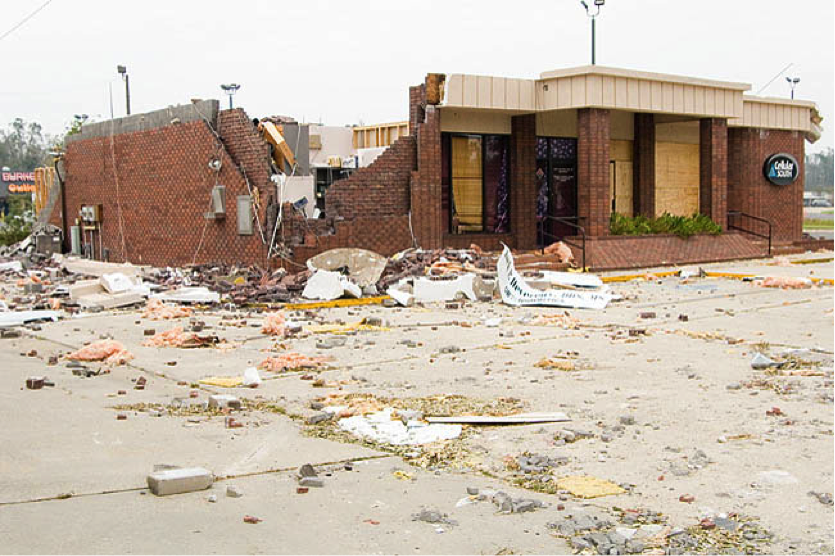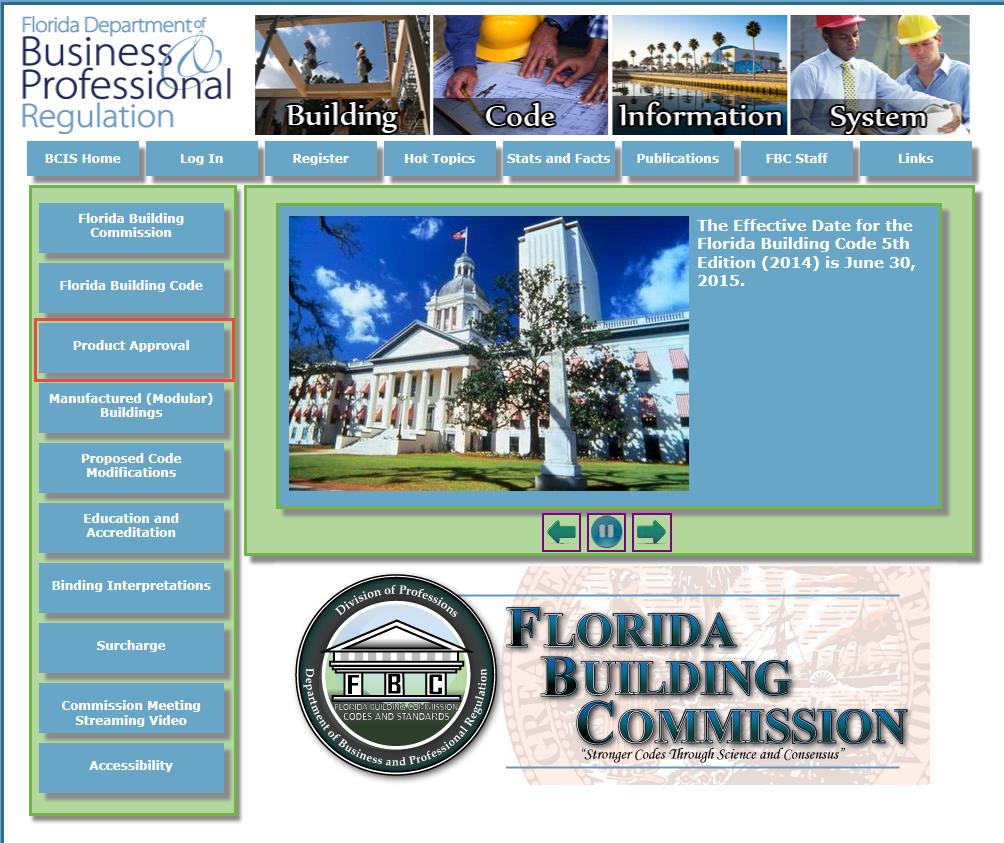I recently wrote about the H1A hurricane tie in this post, which discussed the original H1 hurricane tie first appearing in 1972, and the subsequent changes over the years that led to our current H1A. The original H1 along with the H2 and the H3 were the first products to appear under the label “hurricane ties” in our catalog.
Tag: hurricane
Top Five Most Downloaded Engineering Letters
Prior to joining Simpson Strong-Tie, I spent 13 years working as consulting structural engineer. As a specifier, I was amazed at the number of resources Simpson made available to me. From software, to blogs, to design guides, there were many resources to help me solve problems and streamline the design process. One resource that can sometimes be overlooked is the numerous engineering letters Simpson Strong-Tie engineers have authored to assist in the use of our products.
Hurricane Andrew — a 30-Year-Old Learning Experience
Last week marked the 30th anniversary of the Florida landfall of Hurricane Andrew, one of the most damaging, and influential, hurricanes ever to hit the United States. Hurricane Andrew hit South Florida with Category 5 winds early on the morning of August 24, 1992. Andrew caused damages of $25 billion in Florida, and another billion dollars’ worth when it struck Louisiana as a Category 3 hurricane two days later. This image, from NASA Earth Observatory, shows Andrew on August 23, 24, and 25.
Damage Assessment and What It Teaches Us About How to Build Stronger
Over the past few years that I’ve worked as an engineer for Simpson Strong-Tie in Texas, work-related events have brought me to a few great beach destinations: Clearwater and Destin, Florida, to name a few. But tightly packed schedules always left me feeling like I didn’t get to enjoy the fullness of the locations I visited. So I made a short-term goal to fulfill a bucket-list item: Enjoy a beach vacation.
Not long after setting that goal, I actually had an opportunity to visit the Bahamas. Unfortunately, it wasn’t for the beach vacation I imagined, but rather to survey the catastrophic destruction wrought by Hurricane Dorian. With the one-year anniversary of that hurricane on September 1 and hurricane season already hitting us hard with Hurricane Laura, I thought it would be good to revisit my observations from that trip.
What You Need to Know About Differences in Wind-Speed Reporting for Hurricanes
There is a great deal of good information out there to help us better understand hurricanes and their impact on people, structures and other property. To improve awareness of wind speeds and their measurement, this article will discuss a commonly misunderstood aspect of hurricane wind-speed reporting.
Continue Reading
Designing Gable End Overhangs
It seems that each major hurricane tends to teach those of us in the construction industry some lesson. With Hurricane Andrew, the lessons were the importance of protection from windborne debris, and the importance of proper construction of gable end overhangs.
There are two main areas where gable ends can fail.
Reminders from Hurricane Katrina
This week is the 10th anniversary of Hurricane Katrina, and we have all seen articles on the lessons learned from the storm. Engineers learn something new from every storm. However, I think that Hurricane Katrina just gave us some very strong reminders of things we already knew.
Hurricane Katrina reminded us that hurricanes are flood events as well as high-wind events. And I don’t mean the flooding in New Orleans. No, I mean the flooding along the Gulf Coast from Louisiana to Florida.
I witnessed the complete devastation of the Mississippi Gulf Coast from Waveland to Biloxi. Structures within the first few (and often many) blocks from the beach were simply flattened by water. Fortunately, these areas are coming back, but the structures being built there now bear little resemblance to the homes that graced the beach 10 years ago.
I remember my father-in-law having his new house built on the coast in Waveland more than 20 years ago. As a young engineer, I gave it the once over and noted that the builder had connected the roof framing to the top plate, but little else. I made some recommendations, such as continuing the connections down throughout the rest of the house to the foundation. The builder followed my suggestions and then presented my father-in-law with the bill “for your son-in-law the inspector.” He was happy to pay it. Nevertheless, although the house was wind resistant, it could not stand up to the rushing waters from Hurricane Katrina.
Katrina reminds us that the only way to get away from floods, other than not building near the water, is to elevate structures above them. Due to flood regulations, new houses along the Gulf Coast are now elevated high in the air, in the hope of avoiding flooding from future storms. Simpson Strong-Tie is proud to have developed some products during the last few years that make it easier to build structures elevated on pilings.
One such product is our CCQM column cap that strengthens the connection of support beams to masonry piers. Another is the Strong-Drive® SDWH Timber-Hex HDG structural screw, which is meant to replace through-bolts to make the connection of a beam to a wood piling easier and more reliable.
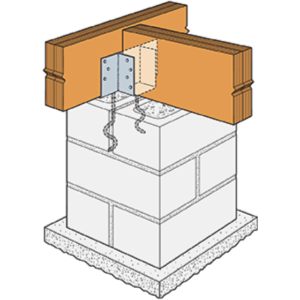
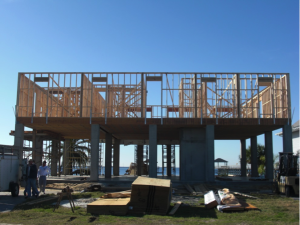
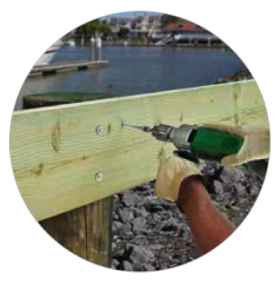
Hurricane Katrina reminds us of the value of building codes. After the storm, the LSU Hurricane Center conducted a number of simulation studies on the effect of a direct, Katrina-like storm on the states of Louisiana, Mississippi and Alabama. The simulations were run on the existing stock of buildings, and then run again on the same stock of buildings, assuming that certain features that result from modern building codes were present. These features included shutters or impact-resistant windows, enhanced nailing of the roof deck to the roof framing, framing connected together with hurricane clips and straps to achieve a continuous load path. In addition, in the Louisiana study, a secondary water barrier over the joints in the roof sheathing was added.
The studies found that the decrease in wind damage from the simulated storms was astounding. In Louisiana, the study showed a 79% reduction in economic losses due to wind. In Alabama, the study revealed a 72% reduction in economic losses due to wind. The Gulf states seem to have received the message loud and clear. In the years following Hurricane Katrina, Louisiana adopted a statewide building code and Mississippi adopted a uniform building code for the four counties along the coast. Recently, Alabama has also adopted a statewide residential and energy code. But in general, building codes are still quite varied in coastal states. This report from the Insurance Institute for Business and Home Safety evaluates the effectiveness of building codes in coastal states.
Finally, Hurricane Katrina reminds those of us who do damage surveys that you need to know what you are getting into before you go. As soon as the storm hit and we saw the scope of the damage, four members of the Simpson Strong-Tie Engineering Department in our McKinney, Texas, office decided we needed to go see the damage first-hand before any repairs were made. So two days after the storm struck, off we went to Jackson, Mississippi. There, we rented two vans stocked up with food, water and fuel. Unfortunately, the fuel and the food/water ended up in separate vans. Before long, we were separated in traffic and could not communicate due to loss of cell signal.
Our team spent two days viewing the damage first-hand along the Louisiana and Mississippi coast, but spent a lot of time our last day trying to find some fuel so we could make it back to Jackson. I remember spending the night in a hotel without power full of storm victims, and then months later receiving the bill and being charged for a movie!
What do you remember from Hurricane Katrina? Let us know in the comments below.
Florida Product Approvals Made Simple
This year, the new 5th Edition of the Florida Building Code was released and is now in effect statewide. First printed in 2002, the Florida Building Code was developed as part of Florida’s response to the destruction caused by Hurricane Andrew and other hurricanes in the state.
Another component, which I would like to take a closer look at in today’s post, is a separate Florida Product Approval system designed to be a single source for approval of construction products for manufacturers, Designers and code enforcers. This single system streamlines the previous approach of different procedures for product approval in different jurisdictions. While statewide approval is not required, many jurisdictions, manufacturers and specifiers prefer using the statewide system to the alternative, which is called local product approval. To ensure uniformity of the state system, Florida law compels local jurisdictions to accept state-approved products without requiring further testing and evaluation of other evidence, as long as the product is being used consistent with the conditions of its approval.
The rules of the Florida Product Approval system are in Florida Rule 61G20-3. Here is some basic information about Florida Product Approval.
The Florida Product Approval system is only available for “approval of products and systems, which comprise the building envelope and structural frame, for compliance with the structural requirements of the Florida Building Code.” So users will only find certain types of products approved there. However, if you work in areas where design for wind resistance is required, the Florida system can be a gold mine of information for tested, rated and evaluated products. Not only will you find products like Simpson Strong-Tie connectors with our ICC-ES and IAPMO UES evaluation reports, but thousands of other tested and rated windows, doors, shutters, roof covering materials and other products that don’t typically get evaluation reports from national entities. The specific categories of products covered under the Florida system are exterior doors, impact protective systems, panel walls, roofing, shutters, skylights, structural components and windows.
To protect consumers, a recent law passed in Florida states that a product may not be advertised, sold or marketed as offering protection from hurricanes, windstorms or wind-borne debris unless it has either State Product Approval or local product approval. Selling unapproved products in this way is considered a violation of the Florida Deceptive and Unfair Trade Practices Act.
Once a manufacturer understands the process for achieving a statewide approval, it is not difficult to achieve, but it can be expensive. The manufacturer must apply on the State of Florida Building Code Information System (BCIS) website at www.floridabuilding.org. To prove compliance with the code, the manufacturer must upload either a test report, a product certification from an approved certification entity, an evaluation report from a Florida Professional Engineer or Architect, or an evaluation report from an approved evaluation entity (ICC-ES, IAPMU UES, or Miami-Dade County Product Control). Then, the manufacturer must hire an independent validator to review the application to ensure it complies with the Product Approval Rule and that there are no clerical errors. Finally, once the validation is complete, staff from the Department of Business and Professional Regulation reviews the application. Depending on the method used to indicate code compliance, the application may be approved at that time or it may have to go through additional review by the Florida Building Commission.
Here are several ways to find out if a product is approved.
- For Simpson Strong-Tie products, we maintain a page on www.strongtie.com that lists our Florida Product Approvals.
- The Florida Department of Business and Professional Regulation maintains a page where users can search Product Approvals by categories such as manufacturer, category of product, product name, or other attributes such as impact resistance or design pressure.
- A third-party group we work with has created a website called www.ApprovalZoom.com that lists various product evaluations and product approvals. In addition to listing Florida Product Approvals, they also list ICC-ES evaluation reports, Miami-Dade County Notices of Acceptance, Texas Department of Insurance Approvals, Los Angeles Department of Building Safety Approvals, AAMA certifications and Keystone certifications among others.
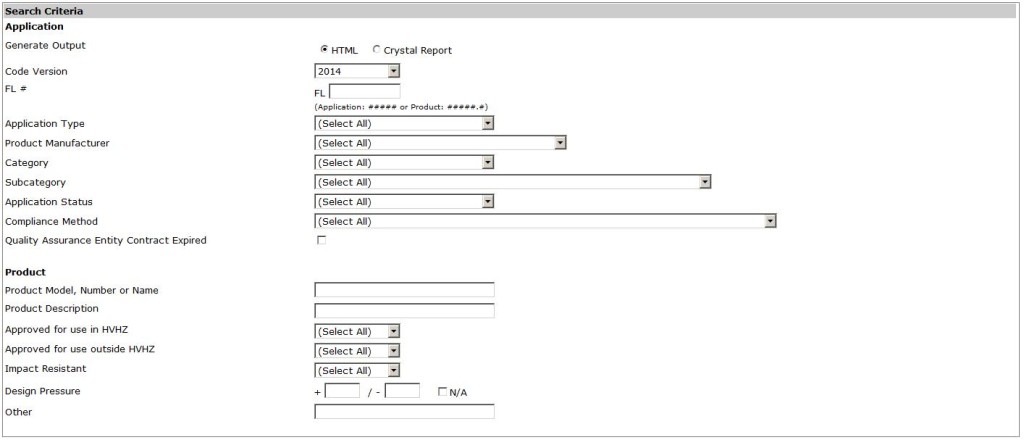
The process for searching for approved products on the Florida BCIS is fairly simple.
- Go to www.floridabuilding.org
- On the menu on the left side of the page, click on Product Approval. Or, click this link to go directly to the search page.
- On the Product Approval Menu, click on Find a Product or Application. Note that at this location you can also search for approved organizations such as certification agencies, evaluation entities, quality assurance entities, testing laboratories and validation entities.
- Ensure the proper Code Version is shown. The current 2014 Florida Code is based on the 2012 International Codes.
- At this point, several options can be searched. You can search for all approvals by a specific product manufacturer or a certain type of building component by searching Category and Subcategory, or if searching for a specific product, by entering the manufacturer’s name and the product name.
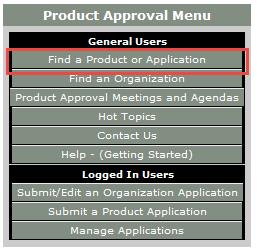
I hope you find the information contained in the Florida Product Approval system useful. Do you have other needs to find approved products?
What Did Sandy Teach Us?
In the weeks following Hurricane Sandy, I had an opportunity to visit some of the hardest hit communities in the region. At the time, many of New Jersey’s barrier islands were still completely closed off to civilian traffic and all accessible bridges were blocked by military guards. Our local territory manager has great relationships with building departments, so we were able to walk portions of Long Beach Island, NJ with an inspector. The storm surge washed out several sections of the protective sand dunes on the south end of the island in the neighborhood of Holgate and this is where we spent much of the day.


For a structural engineer, there was a lot to observe and many things I could write about here (maybe a future post), but what strikes me the most when looking back is the long- term impact this event will have on the region. The cost of Sandy goes beyond the loss of life and property (72 lives, $50 billion and growing). It would be difficult to estimate a dollar amount that accounts for the displacement of people and disruption to their lives, the hit to local economies that depend heavily on tourism, and the effect on the national economy and taxpayers; but I imagine it would be a staggering sum. So what, if anything, can structural engineers do about it?Continue Reading
Top 3 Roof Deck Design Considerations for High Wind Events
Was it JFK who said, “The time to repair the roof is when the sun is shining?” He was likely using the roof as an analogy for the economy, but I take things literally and wanted to talk about roofs. The time to think about the design of your roof and its function in a high wind event like a hurricane or tornado is right now.

During a high wind event, a roof deck is expected to perform many functions. It should prevent water intrusion from rain, withstand impacts and protect those inside from hail. It also needs to act as a diaphragm – transferring lateral loads to shear walls and resisting the vacuum effects of wind uplift forces.Continue Reading

